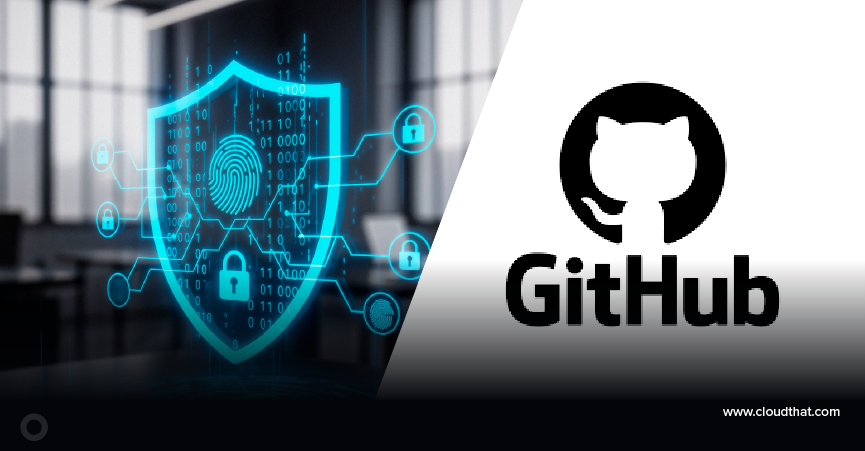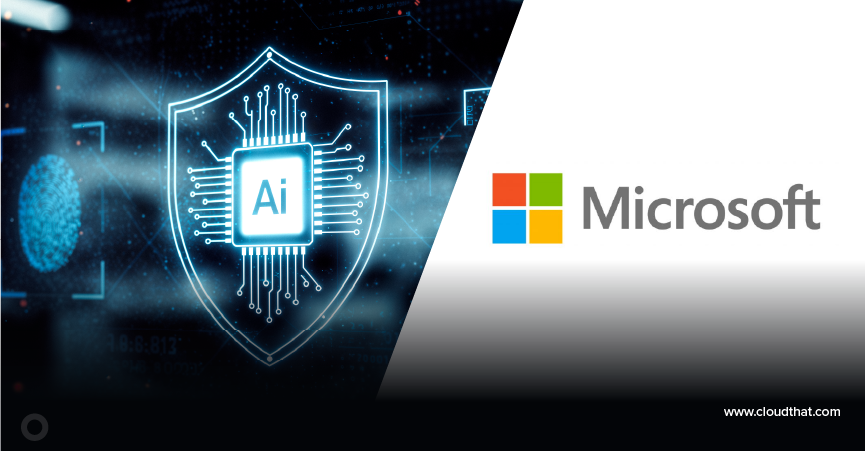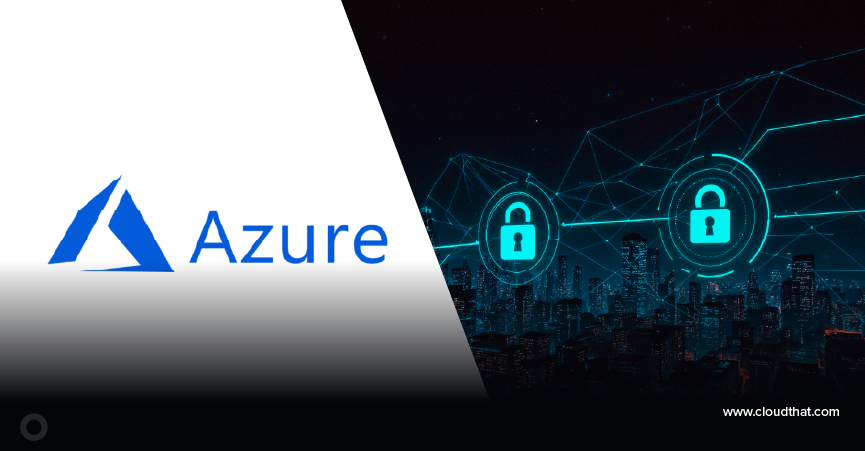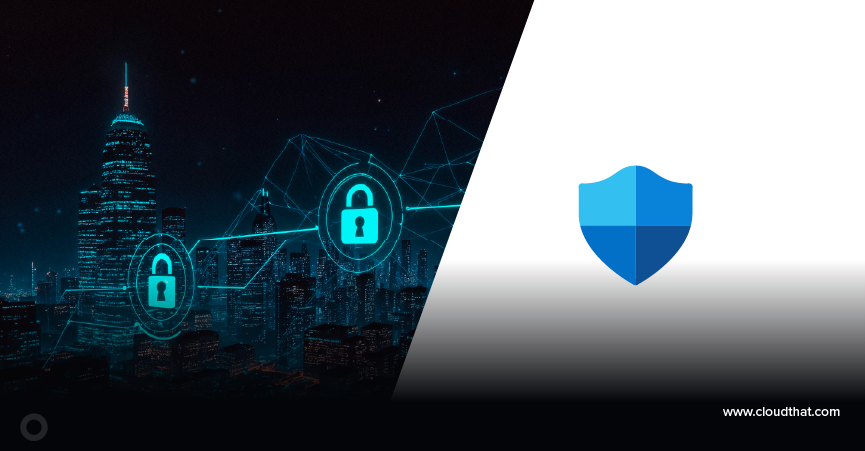|
Voiced by Amazon Polly |
Introduction
If you are an experienced cloud architect who wants to validate your skills and knowledge in designing and implementing complex solutions on AWS, the AWS Certified Solutions Architect – Professional certification is for you. This certification is one of the most sought-after and prestigious credentials in the cloud industry, as it demonstrates your ability to design, deploy, and optimize secure, scalable, and reliable AWS systems.
This blog post will guide you through the steps and resources you must follow to prepare for and pass the AWS Certified Solutions Architect – Professional exam. We will cover the exam format, objectives, resources, tips, and practice questions.
Transform Your Career with AWS Certifications
- Advanced Skills
- AWS Official Curriculum
- 10+ Hand-on Labs
Exam Format
You have 180 minutes to finish the 75 multiple-choice or multiple-response questions on the AWS Certified Solutions Architect – Professional exam (SAP-C01). A score of 750 out of 1000 is required to pass. English, Japanese, Korean, and Simplified Chinese are the offered languages for the test. The test may be taken in person at a testing facility or online.
Exam Objectives
The AWS Certified Solutions Architect – Professional exam tests your knowledge and skills in five domains:
- Design for Organizational Complexity (12.5%)
- Determine cross-account authentication and access strategy for complex organizations (for example, an organization with varying compliance requirements, multiple business units, and varying scalability requirements)
- Determine how to design networks for complex organizations (for example, an organization with changing compliance requirements, numerous business units, and varying scalability requirements)
- Determine how to create a multi-account AWS environment for complex organizations (for example, an organization with changing compliance requirements, multiple business units, and varying scalability requirements)
- Design for New Solutions (31%)
- Determine security requirements and controls when designing and implementing a solution.
- Determine a solution design and implementation strategy to meet reliability requirements.
- Determine a solution design to ensure business continuity
- Choose a solution design that satisfies performance goals.
- Determine a deployment strategy to meet business requirements when designing and implementing a solution.
- Migration Planning (15%)
- Select existing workloads and processes for potential migration to the cloud.
- Select migration tools and services based on detailed AWS knowledge for new and migrated solutions.
- Determine a new cloud architecture for an existing solution
- Determine a strategy for migrating existing on-premises workloads to the cloud
- Cost Control (12.5%)
- Select a cost-effective pricing model for a solution
- Determine which controls to design and implement that will ensure cost optimization
- Identify opportunities to reduce cost in an existing solution
- Continuous Improvement for Existing Solutions (29%)
- Troubleshoot solution architectures
- Determine a strategy to improve an existing solution for operational excellence.
- Determine a strategy to improve the reliability of an existing solution
- Determine a plan to improve the performance of a current solution
- Determine a plan to improve the security of a current solution
- Determine how to enhance the deployment of a current solution
Exam Resources
To prepare for the AWS Certified Solutions Architect – Professional exam, you can use various resources, such as:
- AWS Training: This is the official training provider for AWS that offers free digital courses, instructor-led classes, hands-on labs, and exam readiness workshops to help you learn AWS concepts and services. You can access the learning path for the AWS Certified Solutions Architect – Professional exam My learning path to become an AWS solutions architect | AWS Training and Certification Blog (amazon.com).
- AWS Documentation: This is the official documentation site for AWS that provides detailed information and examples on AWS concepts and services. You can access the AWS documentation AWS Certified Solutions Architect – Professional Certification | AWS Certification | AWS (amazon.com).
- AWS Whitepapers: These are technical papers that provide guidance and best practices on various AWS topics and technologies
- AWS FAQs: These are frequently asked questions and answers that cover common issues and scenarios on AWS concepts and services.
- AWS Blogs: These are articles and posts that provide insights and updates on AWS news, features, and solutions.
- AWS Forums: These are community forums where you can ask questions and get answers from AWS experts and peers.
- AWS re:Invent: This annual conference showcases the latest innovations and trends in AWS and other cloud technologies. You can access the on-demand sessions and recordings from AWS re:Invent.
- AWS Podcast: This podcast features interviews and discussions on various AWS topics and technologies.
- AWS YouTube Channel: This is a video channel that features demos, tutorials, webinars, and events on various AWS topics and technologies. You can access the AWS YouTube channel.
Practice Questions
To give you an idea of what to expect on the AWS Certified Solutions Architect – Professional exam, here are some sample questions that are similar to the actual exam questions. You can check your answers and explanations at the end of this blog post.
- A company is migrating its on-premises Oracle database to AWS. The company wants to minimize the downtime and the data loss during the migration. The company also wants to use Amazon Aurora PostgreSQL as the target database. Which migration strategy should the company use?
- A) Use AWS Database Migration Service (AWS DMS) to perform a full load and change data capture (CDC) from the source database to the destination database.
- B) Use AWS Schema Conversion Tool (AWS SCT) to convert the source database schema and code to the target database format and then use AWS DMS to perform a full load and CDC from the source database to the destination database.
- C) Use AWS SCT to extract, transform, and load (ETL) the data from the source database to the target database and then use AWS DMS to perform a CDC from the source database to the destination database.
- D) Use AWS DMS to perform a full load from the source database to the target database and then use AWS SCT to perform a CDC from the source database to the destination database.
- A company is designing a multi-tier web application on AWS. The company wants to ensure high availability and fault tolerance across multiple Availability Zones. The company also wants to use Auto Scaling to adjust the number of instances based on the demand. Which architecture should the company use?
- A) Use an Application Load Balancer (ALB) to distribute the traffic to a fleet of Amazon EC2 instances in an Auto Scaling group. Use Amazon S3 to store the static content and Amazon EFS to store the dynamic content. Use Amazon RDS Multi-AZ deployment to host the database.
- B) Use an ALB to distribute the traffic to a fleet of EC2 instances in an Auto Scaling group. Use Amazon S3 to store the static content and Amazon EBS to store the dynamic content. Use Amazon RDS Multi-AZ deployment to host the database.
- C) Use an ALB to distribute the traffic to a fleet of EC2 instances in an Auto Scaling group. Use Amazon S3 to store the static content and Amazon EFS to store the dynamic content. Use Amazon DynamoDB global tables to host the database.
- D) Use an ALB to distribute the traffic to a fleet of EC2 instances in an Auto Scaling group. Use Amazon S3 to store the static content and Amazon EBS to store the dynamic content. Use Amazon DynamoDB global tables to host the database.
Access to Unlimited* Azure Trainings at the cost of 2 with Azure Mastery Pass
- Microsoft Certified Instructor
- Hands-on Labs
- EMI starting @ INR 4999*
About CloudThat
CloudThat is an award-winning company and the first in India to offer cloud training and consulting services worldwide. As a Microsoft Solutions Partner, AWS Advanced Tier Training Partner, and Google Cloud Platform Partner, CloudThat has empowered over 850,000 professionals through 600+ cloud certifications winning global recognition for its training excellence including 20 MCT Trainers in Microsoft’s Global Top 100 and an impressive 12 awards in the last 8 years. CloudThat specializes in Cloud Migration, Data Platforms, DevOps, IoT, and cutting-edge technologies like Gen AI & AI/ML. It has delivered over 500 consulting projects for 250+ organizations in 30+ countries as it continues to empower professionals and enterprises to thrive in the digital-first world.

WRITTEN BY Akhilash K
Akhilash Nambiyer is a Microsoft Certified Trainer and Subject Matter Expert at CloudThat, specializing in Cloud Technologies, Security, and Data Engineering. With over 5 years of experience in the cloud training and consulting domain, he has trained more than 10,000 learners across Microsoft Azure, AWS, Databricks, and Oracle. Known for his clear, real-world teaching style and ability to simplify complex concepts, he brings deep technical knowledge and practical application into every learning experience. Akhilash’s passion for creating impactful learning experiences and empowering professionals reflects in his engaging, hands-on approach to teaching and mentoring.


 Login
Login


 January 23, 2024
January 23, 2024 PREV
PREV











Comments